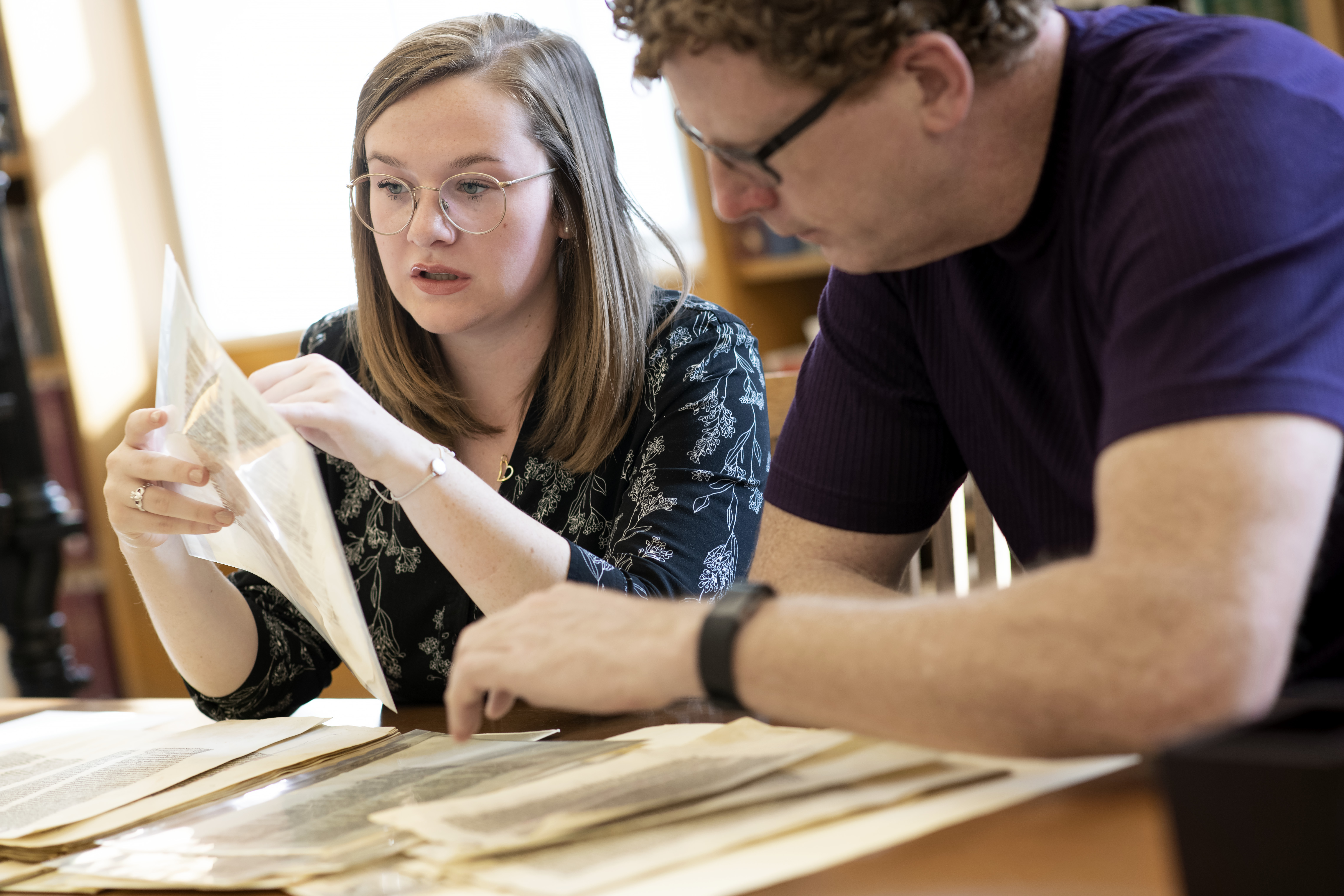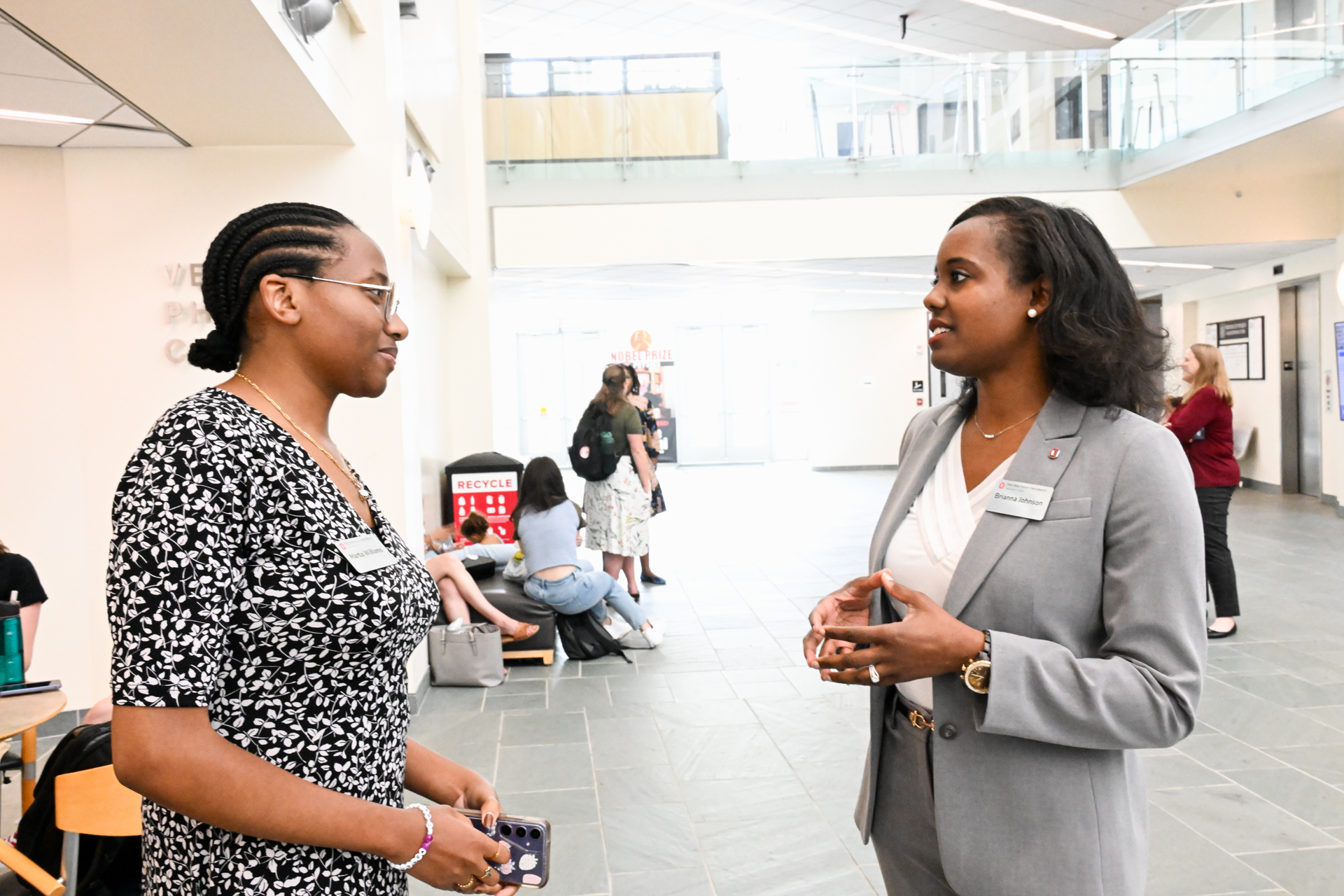What is an IDP?
A personalized strategic plan to realize scholarship-related, career-related, and/or professional development objectives. An IDP is drafted by the trainee with support from the faculty mentor and links into the faculty-generated mentoring plan.
Why is an IDP important?
- It is a visual representation and reminder of how you will spend your time achieving your goals; think of this as a roadmap – if you were driving somewhere new and didn’t have a map and were just trying to figure out how to get there by gut instinct, it would be extremely challenging. Having a map with mile markers will make this so much easier for you as the IDP will for your academic career.
- It establishes milestones along the way, which can be acknowledged and celebrated with your mentor and colleagues.
- It serves as a communication tool between you, your mentor, and others across campus and within your research field.
IDPs help trainees…
- Identify short- and long-term career goals that fit their unique skills, interests, and values
- Consider and explore career opportunities
- Set goals to help prepare for those careers
- Structure productive conversations with mentors and supervisors about professional and career development
The four steps of creating an IDP
1. Self-assessment
Align personal and professional. Identify your knowledge, skills, and values to figure out how your career can align with your personal worldview and life goals.
Ask for feedback. Discuss your self-assessment with people who know you and your research, such as your advisor, lab mates, or other colleagues – as well as friends and family.
- How do others view your knowledge, skills, and abilities? Are you undervaluing or overvaluing aspects of your expertise or qualifications? Do you possess strengths you didn’t already see in yourself?
2. Career exploration and IDP Tools
Which careers fit with what you identified in your self-assessment?
IDP tools available to Ohio State graduate students and postdocs:
- Beyond the Professoriate. Choose OSU and use your name.# to login.
- myIDP by AAAS. For STEM disciplines.
- ImaginePhD. For social and behavioral sciences, arts, and humanities disciplines.
- The Versatile PhD. For humanities, social and behavioral sciences, and STEM disciplines.
Other resources:
- Career Planning for Early Career Scientists by iBiology. Self-paced course with nine short videos.
- myIDP’s collection of articles providing guidance for each stage of creating an IDP.
- Sample IDPs from the University of Wisconsin, the University of Massachusetts, and Cornell University.
Professional networking:
- Set up informational interviews. See Information below.
3. Goal setting
Set S.M.A.R.T. goals to increase likelihood of success.
- Specific. Make the goal focused and unambiguous.
- Measurable. Could someone determine whether you achieved this goal?
- Action-oriented. Specify the action.
- Realistic. Considering difficulty and timeframe, is this goal attainable?
- Time-bound. Specify a deadline.
Big, long-term goals à small, short-term goals
Complex projects require different types of goals:
- Project completion goals (e.g., write a paper, statistical analysis)
- Skill enhancement goals (e.g., improve teaching skills, experimental design)
- Career advancement goals (e.g., write resume, attend networking event, mock interview)
4. Implementation
Put your plan into action but revise and modify the plan as necessary. The plan is not set in stone; you will need to modify it as circumstances and goals change. The challenge of implementation is to remain flexible and open to change. Change is inevitable; think of the unanticipated wrenches the COVID-19 pandemic has caused in the research community and in our personal lives.
Common roadblocks to developing IDPs and what to do about them:
- What if I don’t accomplish the goals I established? Maybe your goals are too ambitious. Can you break them down into smaller, more manageable steps?
- I already have a plan in my head; I follow my gut instinct. Writing your plan down makes it more tangible and allows you to share it with your colleagues for feedback and modifications. Think about a multi-year complex project that engages with other scholars and has a systematic process to get from A to C. Would you do this by gut feelings alone? Your career is a multi-year complex project.
- How do I account for the unknown (e.g., health issues, family concerns)? We all have things that come up, which derail the best laid plans. To address this concern, when you write down your plan in a way that is actionable, you can more easily reassess and develop contingencies. If unfortunate situations do arise, having this planned out will also allow you to reassess timeframes and priorities to push projects off or ask for help. If you are going through unfortunate family or medical issues, you are likely not going to have the mental bandwidth to also be planning out 6-12 months ahead on gut feelings alone.
- Is this useful beyond my graduate student appointment or postdoctoral position? Many federal funders want to see these types of IDPs not just for early career scholars but also for assistant-level professors. Many universities are also starting to implement leadership academies for early-to-mid-stage associate professors that also include IDPs. By doing this process in your graduate student and postdoc career, you will be ahead of some of your peers when you are further along in your career and these become required for certain types of funding or critical in the promotion and tenure process.
Mentoring Plans
A mentoring plan is drafted by the faculty (or postdoc) mentor; is unique to the needs of each trainee, research group, and project; and is updated regularly.
Mentoring Plan Document Details
Visit the link below to see additional information on completing a mentoring plan as well as sample text language that can be use for NSF Grants as well and other mentoring activities.
Learn more about Mentoring Plans

Mentee Toolkit
Are you a graduate student or postdoc looking for mentoring resources? The Graduate School has created a set of resources specifically for you.

Other Mentor Resources
Need additional resources such as resources across campus? The Graduate School has brought together several resources to help support both mentors and mentees.

Ohio State Mentoring Initiative
The Graduate School is fully invested in supporting mentor and mentee development at Ohio State. Learn more and find general resources on our Mentorship page.